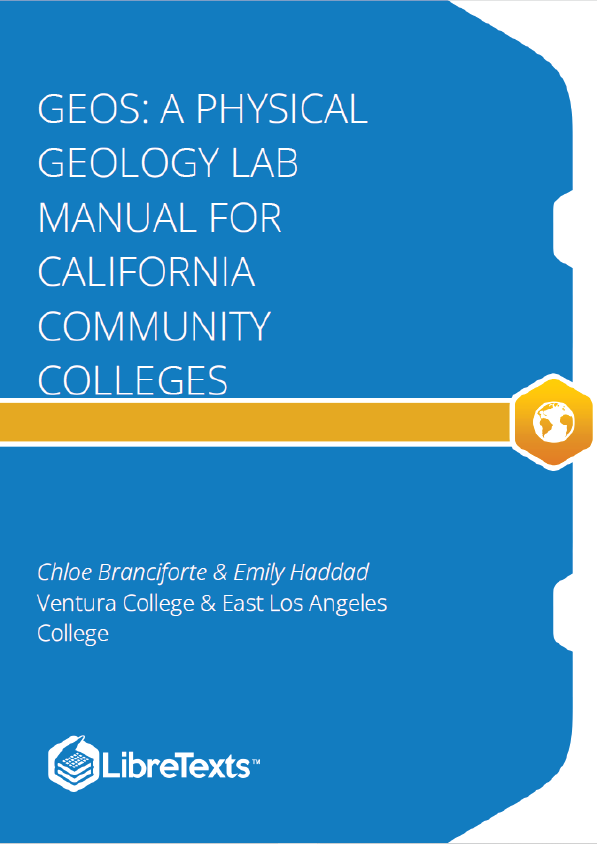Professor Chloe Branciforte
Professor Branciforte is an Associate Professor of Geology at Ventura College in Ventura, California. She has a Master of Science in paleontology from South Dakota School of Mines and Technology, and a Bachelor of Science in Geology from SUNY Buffalo in New York. Professor Branciforte specializes in vertebrate paleontology, specifically small mammals (i.e., rodents), and has been teaching geology for more than a decade. When she was 9, Professor Branciforte had the opportunity to participate in a fossil hunting day with a local museum and her Girl Scout troop. She found her first fossil that day and knew she wanted to be a paleontologist.
Dr. Emily Haddad
Dr. Haddad is an Assistant Professor of Geology at East Los Angeles College in Monterey Park, California. She has a PhD in organic geochemistry and paleoecology from the University of California at Riverside, with a focus on extinction, black shales, and ancient microbial ecology, and an A.B. in Government and Earth and Planetary Sciences from Harvard University. Dr. Haddad decided she was going to be a paleontologist when she was 5 years old but took a detour though political science as an undergraduate, before returning to her first passion in graduate school.
What Is Science?
Science is not just a subject: it’s a way of thinking. Science is the process used to objectively investigate the universe and everything in it. Geoscience, including geology, offers an important perspective for understanding our world! As geoscientists, we study the Earth of the past, present, and, sometimes, the future.
In previous classes, you may have encountered the scientific method; however, it is worthwhile to review as it is foundational to any science course. The first stage of the scientific method is observation. An observation requires using the five senses to engage with the world around you. Observations may be simple, like identifying the outward color of a mineral. Sometimes, however, observations will require you to learn basic background information through an experiment or test. For example, testing the streak of a mineral will require you to rub the mineral across a porcelain plate. This can produce a colored powder that can then be recorded. It is important to always document observations. Many geoscientists record their observations in a field notebook or on a computer. Documentation ensures records can be accessed in the future, and methods can be duplicated by others. Oftentimes, your observations will lead to questions. In fact, you may find yourself with many questions; this is okay! You may even find yourself repeating the observation portion of the scientific method many times in order to feel confident to move forward in the process. This is also okay, because your continued investigation keeps the process of science alive.











